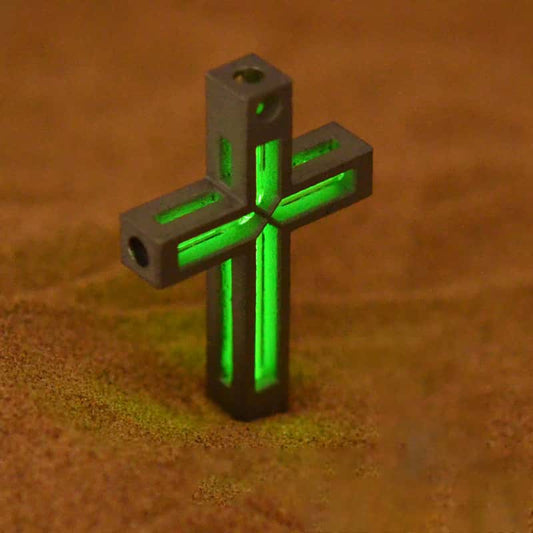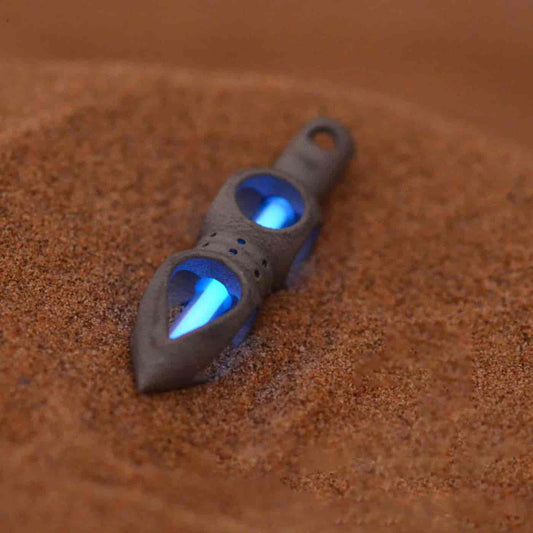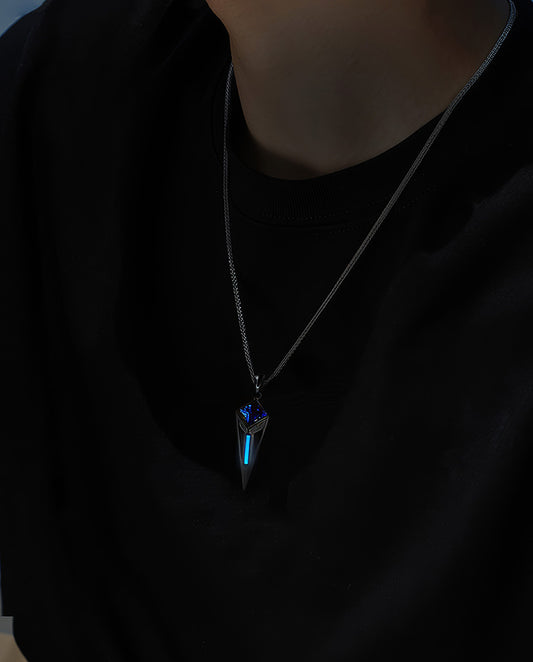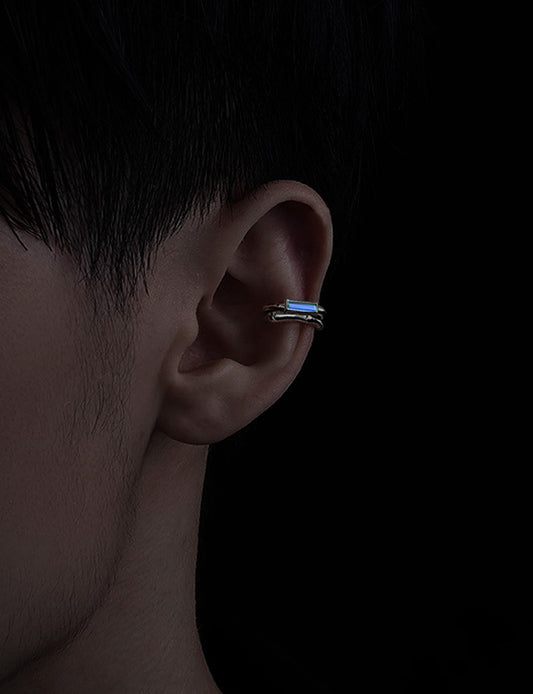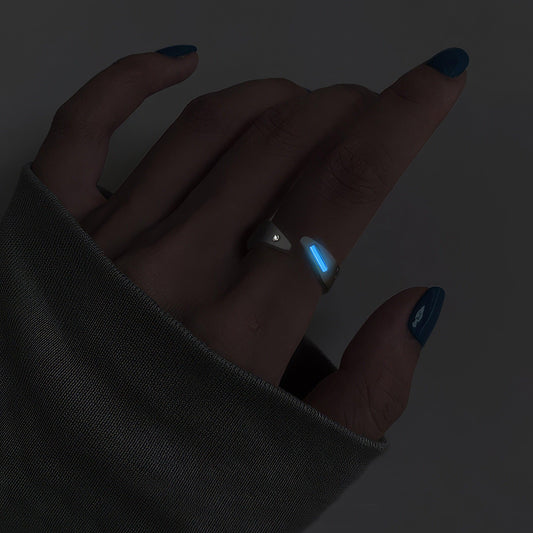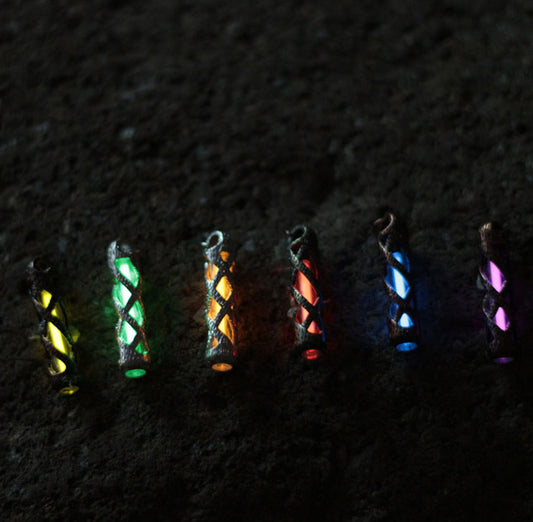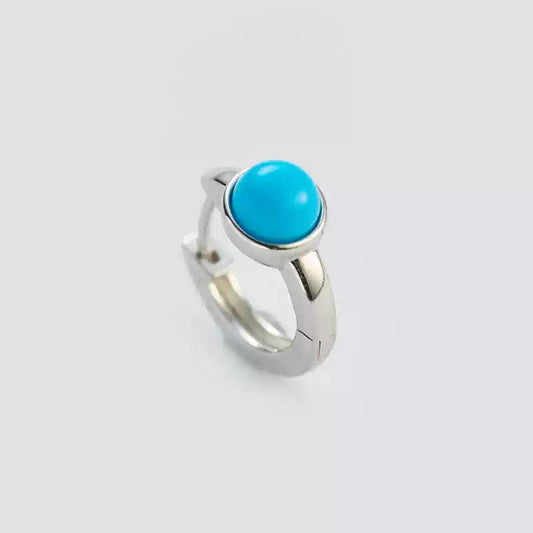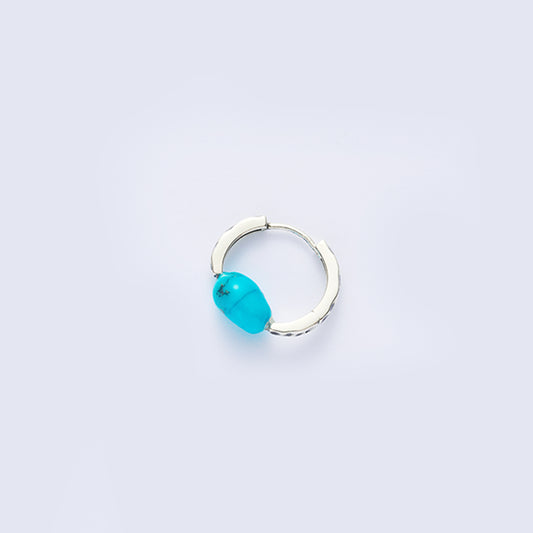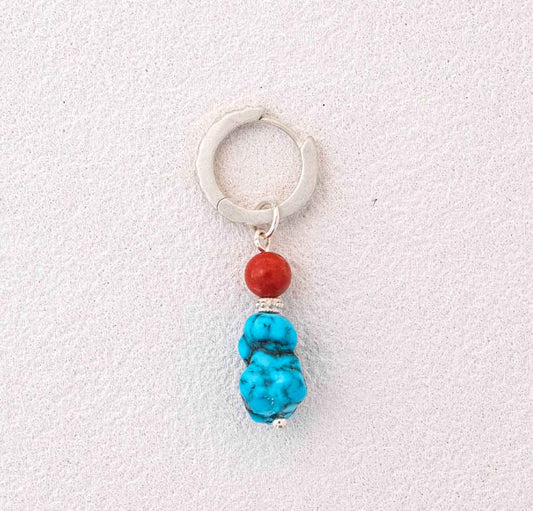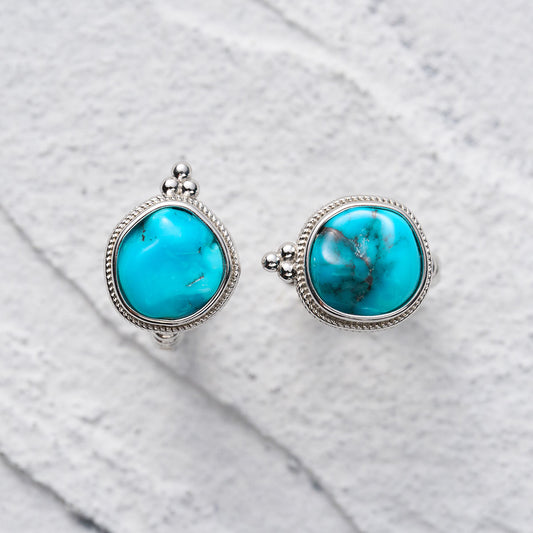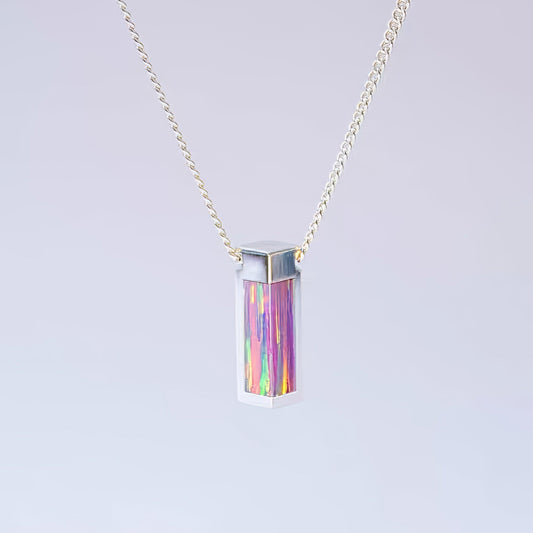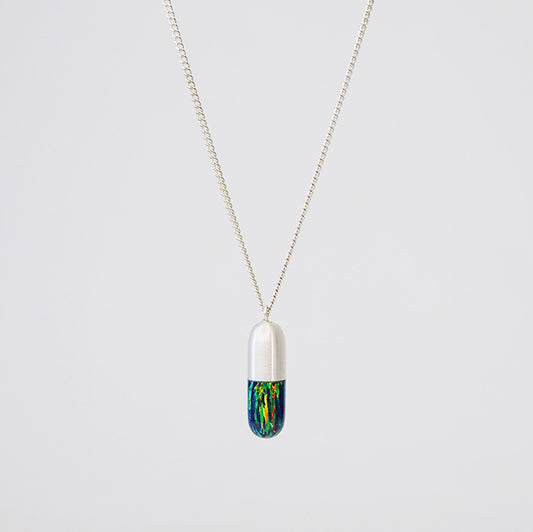Spotting the Difference Lab-Grown vs Natural Diamonds
Spotting the Difference Lab-Grown vs Natural Diamonds
When I first started shopping for an engagement ring, I was overwhelmed. Not by the common debate of style or design, but by a quieter, sparkling conversation about the nature of the diamond itself. As it turns out, deciphering between lab-grown and natural diamonds is more than an exercise in gemology—it’s a journey into ethics, sustainability, and personal values.
Lab-grown diamonds, as the name suggests, are cultivated in a laboratory. They're born in conditions replicating what would occur in the earth, just expedited and controlled. On the other hand, natural diamonds are geological time capsules, formed over billions of years under intense heat and pressure. Both share identical chemical and physical properties, making them indistinguishable to the naked eye. That's where the science and subtleties come in.
One afternoon, I found myself at a local jewelers. I was drawn to a sparkly round-cut diamond that looked like it had captured a small piece of the sky. The jeweler mentioned it was lab-grown. It took me aback for a moment—partly because, like many, I had assumed lab-grown diamonds would look different—but also because I realized the implication of this tiny stone. It was more affordable, with the same brilliance, and ostensibly kinder to the planet.
Culturally, the perception of diamonds is shifting. In the past, owning a 'real' diamond was a symbol of permanence and luxury. But today, the story is nuanced. Younger generations are more conscious of the environmental impact of their purchases. The lab-grown diamond I held represented a modern narrative—a nod to sustainability and ethical consumption.
For those seeking tangible differences, it mostly lies in the certification. Lab-grown diamonds typically come with a laser inscription on the girdle, invisible to the naked eye but identifiable with magnification. Jewelers and certification bodies use advanced equipment, like spectroscopy, to distinguish origins. These tools are necessary since lab-grown diamonds can be so perfectly crafted, they often trick the eye more easily than one might assume.
A quirky thought popped into my head: it's like trying to tell two identical twins apart. While their DNA is the same, there's always something—call it a vibe, an essence—that sets them apart for those who know them well.
In making your choice between lab-grown or natural, perhaps it’s akin to choosing between two paths on a personal journey. Each has its own kind of beauty, with stories woven into their cores. If you're environmentally inclined, the clear environmental advantage of lab-grown diamonds may appeal to you. Conversely, if you're drawn to history and legacy, natural diamonds carry tales of the earth's past.
And so, standing in the shop, I didn’t just see a diamond. I saw choices, values, and a reflection of what matters most to me, wrapped up in a small ball of shimmer. Heading home, it wasn't merely about the sparkle but the decision that twinkled with every glance. Isn’t it fascinating how something so small can carry so much meaning?
